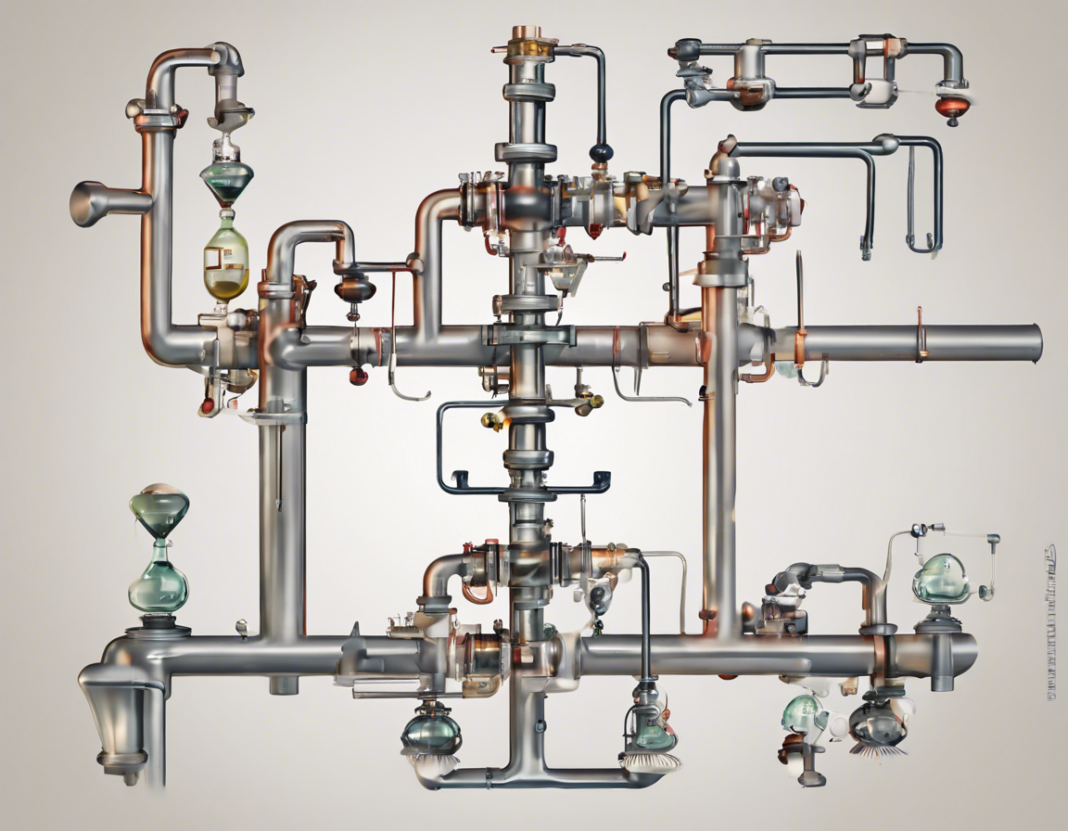When dealing with gases, especially in chemistry and physics, it is common to encounter the concept of partial pressure. This is particularly relevant in the study of gas mixtures and solutions. In this article, we will focus on calculating the partial pressure of ethane in a solution. We will delve into its definition, the principles behind it, the equations used for calculation, and provide a step-by-step guide on how to determine the partial pressure of ethane in a given scenario.
Understanding Partial Pressure
Partial pressure is a term used to describe the pressure that a single gas in a mixture would exert if it occupied the entire volume by itself. In simpler terms, it is the pressure that one gas contributes to the total pressure of a mixture. This concept is based on Dalton’s Law of Partial Pressures, which states that the total pressure exerted by a mixture of gases is equal to the sum of the partial pressures of individual gases.
Dalton’s Law of Partial Pressures
Mathematically, Dalton’s Law can be expressed as:
P_total = P_1 + P_2 + P_3 + …
Where:
– P_total is the total pressure of the gas mixture,
– P_1, P_2, P_3, … are the partial pressures of the individual gases in the mixture.
Calculating Partial Pressure of Ethane
Now, let’s focus on calculating the partial pressure of ethane (C2H6) in a gas mixture. To determine the partial pressure of ethane, we need to consider the mole fraction of ethane in the mixture and the total pressure of the system.
The partial pressure of ethane (P_ethane) can be calculated using the following formula:
P_ethane = χ_ethane × P_total
Where:
– P_ethane is the partial pressure of ethane,
– χ_ethane is the mole fraction of ethane in the mixture (moles of ethane divided by total moles of gas in the mixture),
– P_total is the total pressure of the gas mixture.
Step-by-Step Guide to Calculating Partial Pressure of Ethane
To calculate the partial pressure of ethane in a gas mixture, follow these steps:
- Determine the total pressure of the gas mixture.
- Determine the moles of ethane present in the mixture.
- Calculate the total moles of gas in the mixture.
- Determine the mole fraction of ethane in the mixture.
- Use the formula P_ethane = χ_ethane × P_total to calculate the partial pressure of ethane.
Example Calculation
Let’s consider an example for better understanding:
Suppose we have a gas mixture containing ethane and methane. The total pressure of the mixture is 3 atm. If the mole fraction of ethane in the mixture is 0.4, calculate the partial pressure of ethane.
- Total Pressure (P_total) = 3 atm
- Mole Fraction of Ethane (χ_ethane) = 0.4
- Mole Fraction of Methane = 1 – 0.4 = 0.6
- Partial Pressure of Ethane (P_ethane) = 0.4 × 3 = 1.2 atm
Therefore, the partial pressure of ethane in the gas mixture is 1.2 atm.
FAQs (Frequently Asked Questions)
- What is the significance of calculating partial pressure in gas mixtures?
-
Calculating partial pressure helps in understanding the individual contributions of gases in a mixture and predicting their behavior.
-
How do you determine the mole fraction of a gas in a mixture?
-
The mole fraction of a gas is calculated by dividing the moles of that gas by the total moles of all gases in the mixture.
-
Can partial pressure be greater than total pressure?
-
No, according to Dalton’s Law of Partial Pressures, the sum of partial pressures of all gases in a mixture cannot exceed the total pressure.
-
Is it essential to know the total pressure of a gas mixture to calculate partial pressures?
-
Yes, the total pressure of the mixture is crucial for determining the partial pressures of individual gases.
-
How does temperature affect partial pressures in a gas mixture?
-
An increase in temperature generally leads to an increase in the partial pressures of gases in a mixture due to higher kinetic energy.
-
What happens to partial pressures when gases are removed from a mixture?
-
Removing a gas from a mixture reduces its partial pressure while leaving the partial pressures of other gases unaffected.
-
Why is Dalton’s Law of Partial Pressures important in real-world applications?
- The law is essential in various fields such as chemistry, environmental science, and engineering for analyzing gas behavior in diverse scenarios.
In conclusion, understanding and calculating the partial pressure of ethane in a gas mixture is vital for various scientific and practical applications. By applying the principles of Dalton’s Law and the relevant formulas, one can accurately determine the individual pressure contributions of gases within a mixture.









